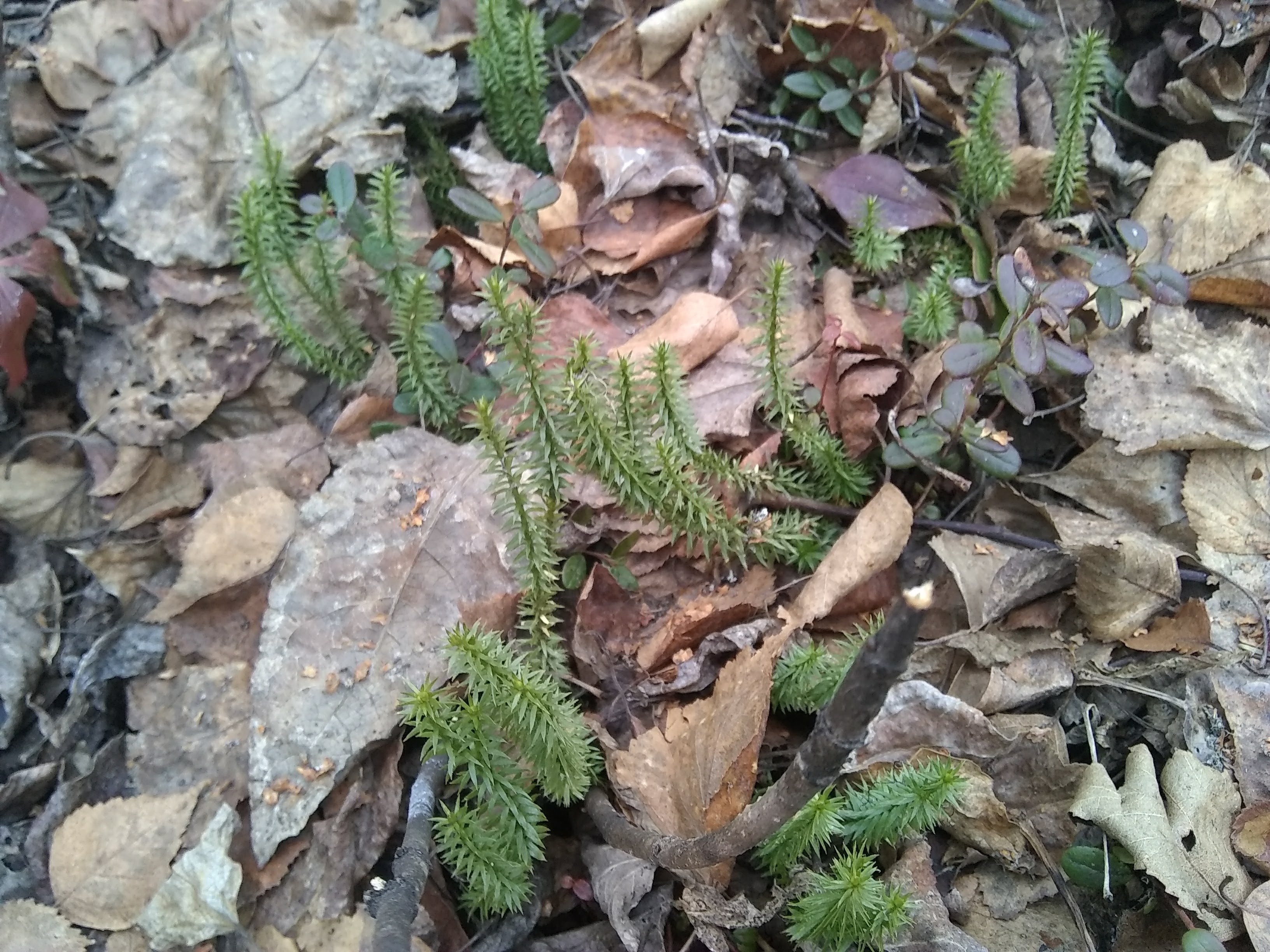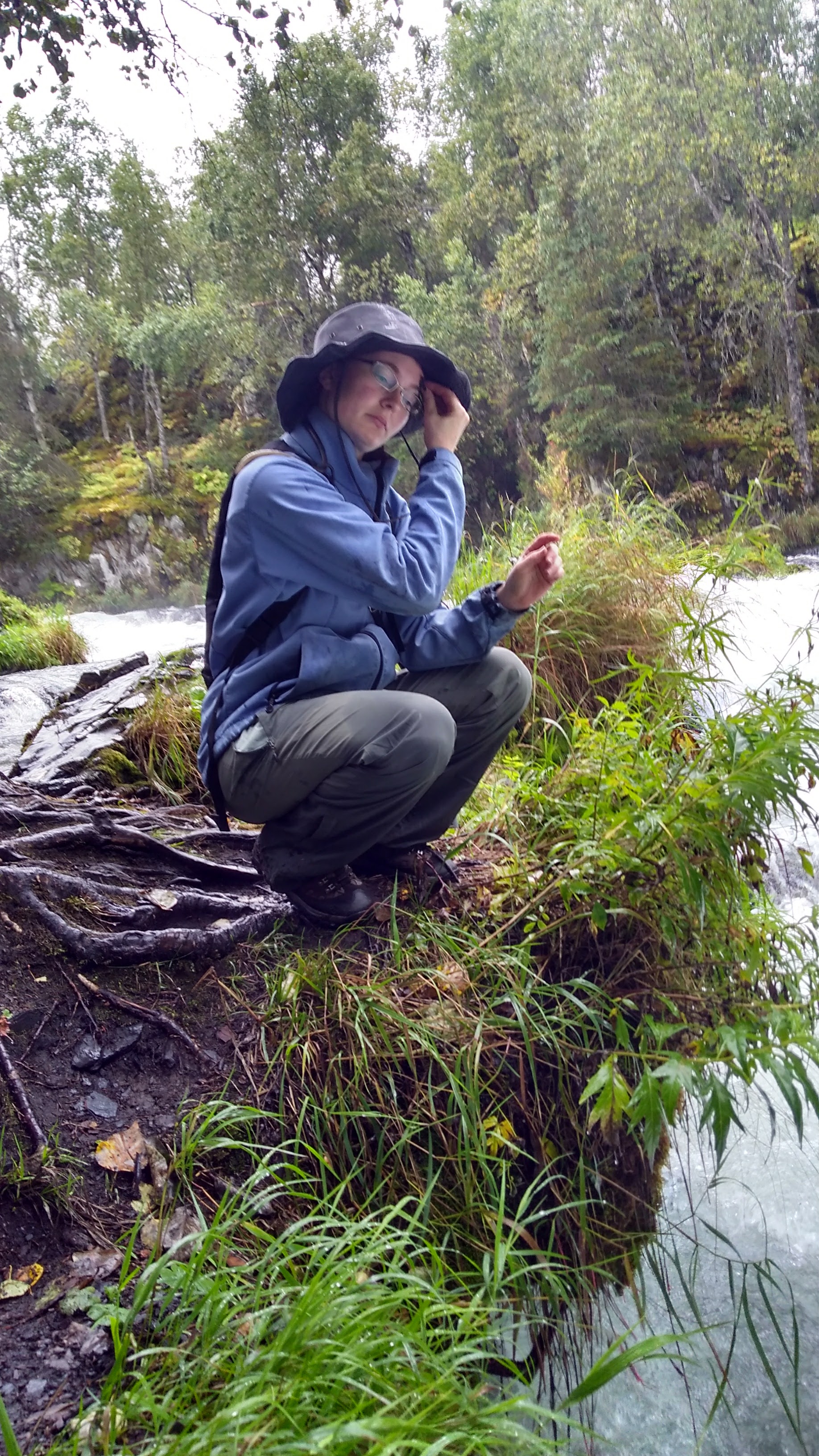Oh man, I am SO excited for spring to be here! I’m walking around, collecting poplar buds (which I use in a lot of my natural Alaskan products), and I see so many different forms of life springing forth. Here are some things that I found this last week!

Strawberries: In addition to the cultivated variety, there is also a wild variety that grows in Alaska.
Food uses: All the normal berry stuffs – snacks on the trail, jams, jellies, various desserts. The spring shoots and leaves can also be eaten and can be dried and added to teas.
Medicinal uses: Strawberries are high in Vitamin C and A, so are excellent if you’ve frozen them for over the winter. The leaf tea is excellent for pregnant women as it is an antiabortificant (meaning it helps prevent abortion) as well as to help settle morning sickness. After birth it is said to help the production of mother’s milk.
Cautions: Wilted strawberry leaves are mildly toxic, so make sure they are fully dried or absolutely fresh before using them. Some individuals may also be allergic to strawberries.

Wild Rose: Rose hips are a wonderful source of vitamin C, but are generally not palatable until after the first frost. This also goes for lingonberries (lowbush cranberries), and high bush cranberries. The freezing process does something to bring out the sugars. Next year if you do not want to wait to harvest until after the first frost, gather the rose hips and put them in your freezer for a night. They can be kept frozen if you want to use in jellies later. For teas, I prefer the dried rose hip.
Food uses: jellies and jams, mead
Medicinal uses: Colds, rheumatoid arthritis, painful menstruation, diarrhea, fevers, infections among other things.
Cautions: Too much vitamin C can hurt your liver. Rugosin E, found in Rose hips can cause blood clotting issues. It can also increase iron absorption, so if you have anemia or other iron related conditions, use caution when taking rose hips. There are several other cautions as well as interactions with drugs. For more information, please go here.

Stiff Club Moss: There are other variations in the club moss family, but this one is poisonous if ingested. It can cause cramps, diarrhea and vomiting.
HOWEVER!
There is a neat trick that you can use if you find this while hiking. If the tops are yellow, you can tap the spores onto a cut as it has styptic properties. (meaning it stops bleeding)

Spruce Tips: These are high in Vitamin C, which is excellent for this time of year.
Food Uses: If you cut off the bright green, new growth tips and soak them in water for a couple of hours, it makes a refreshing drink. You can also steep it in hot water to make a tea. They can be eaten raw, made into jellies, added to salad, soups and stews. If you want to collect them and keep them for next year or later in the year, you can either dry them or freeze them.
Medicinal Uses: The pitch is great for treating wounds and can also be used as a lozenge for coughs. The tips can also be used as a tea for congestion and coughs (which is what I am currently using it for). Liniments made from tips can be used for sore muscles.

Sphagnum Moss: Sphagnum moss is a wonderfully absorbent plant. It can be applied to skin ailments such as eczema, psoriasis, acne, scabies, and more. During the world wars, it was used as the official dressing by the British War Office. A one ounce dressing absorbs up to one pound of blood! It is excellent in this way to patch up holes that you drill into birch tress for tapping.
That’s it for this post, I will post more later this week!




